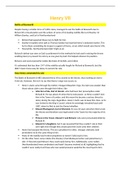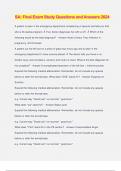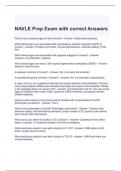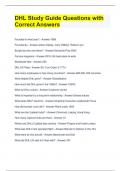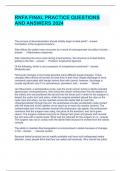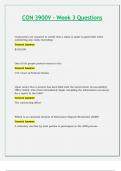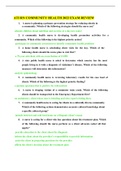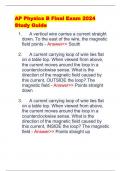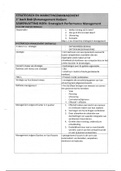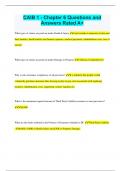Summary
Summary A Level History-Henry VII Revision Notes
- Institution
- PEARSON (PEARSON)
Summary/Revision notes for “Challenging the succession, 1485-99” about Henry VII in the Tudor part of A level History. Included: *Battle of Bosworth. *How Henry cemented his rule. *Lambert Simnel, as well as evaluation of his level of threat to Henry VII. *Perkin Warbeck, as well as eval...
[Show more]
